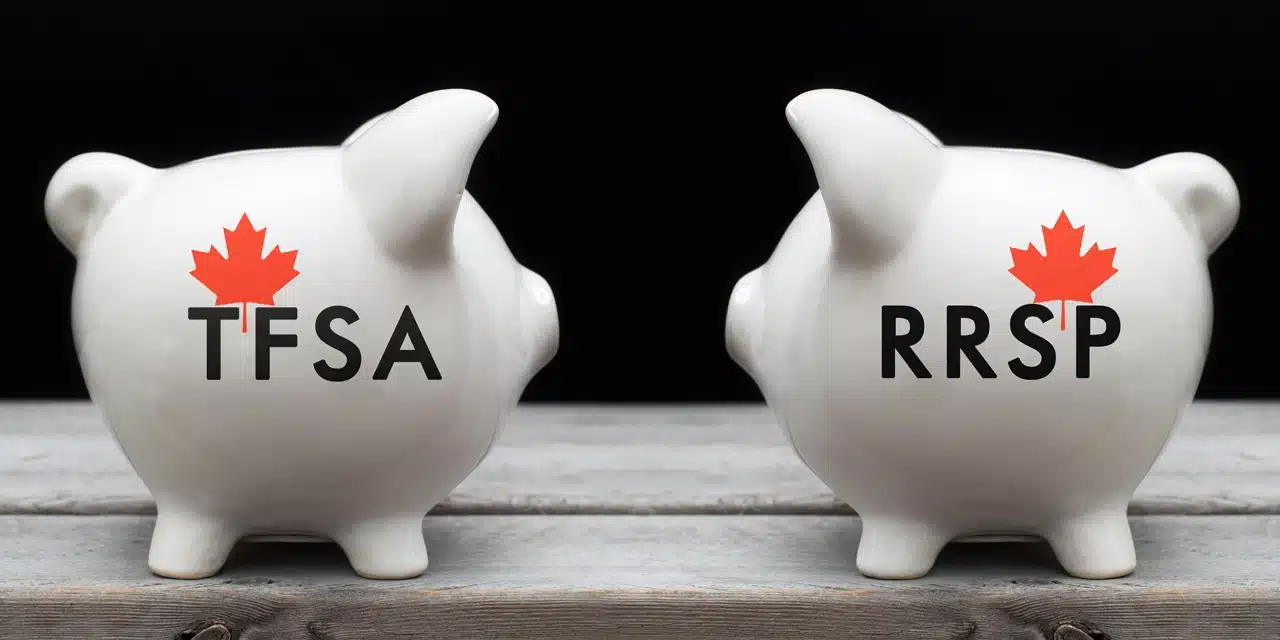By Mary Medeiros
Angela Merkel is famous for her uniform. The former German Chancellor seemed to make every appearance in a solid-colour pantsuit, professional and crisp.
That uniform saved her from making one more decision every day. I think every person in a leadership role can understand why she did that.
When you have a leadership role in a business you are confronted with so many decisions every day. Often, they don’t have easy answers and come with significant consequences. The longevity of our business or the livelihood of our employees could be seriously impacted by a single decision. A crisis can amplify those consequences, and make the decision seem even harder to make.
At Harvest ETFs, the final big-picture decisions for the company rest with Michael Kovacs, our President & CEO. But, each leader at the company is empowered to make their own decisions.
In my role as COO of Harvest ETFs, it’s my responsibility to protect our business with my decisions. To do that I have developed a systematic approach to decision making. It’s an approach that can be applied in a crisis and in our day-to-day operations. Like Angela Merkel, we try to limit ‘decision fatigue,’ but in making our decisions we focus on three core pillars: information, impact, and outcome
Step one: Information
The first stage in making any decision is information gathering. A poorly informed decision is a poor decision, so we work to get as much information as possible. That means speaking with stakeholders, internal and external, as well as consulting with experts where appropriate.
Gathering data is key to these decisions, but so is putting that data in context with trusted human analysis. That’s often where I rely on my mentors, fellow business leaders on the Harvest ETFs team and in our wider industry who have been where I am.
In our day-to-day operations information gathering appears easier. We often have the time and foresight to get all the relevant inputs when we need them. However, those longer deadlines can sometimes cause their own challenges. When we need consensus or varied inputs, but the project appears low priority, some stakeholders may drag their feet. It’s my job to add the urgency necessary to ensure we get the right info on time.
In a crisis, we have the opposite problems with information gathering. Our team feels the urgency, but we might not have all the information possible in the timeframe required. In those moments it helps that our team is relatively small and can operate horizontally. I can sit down with one of our marketing associates or our CFO and get their forthright input quickly. That is a luxury afforded to small and medium-sized businesses that large companies spend millions trying to recreate. But, even with that input, a crisis means the decision comes with some uncertainty. That’s why the next piece we think about with any decision is its impact.
Assessing a decision’s impact
Every decision you make as a business leader has an immediate impact. That could mean a sudden upfront cost, or a change in one team’s operational capacity. At Harvest ETFs we look first at that immediate impact before we consider the long-term outcome. The information-gathering stage of our decision making should give us an idea of that impact, but it still comes with unknowns.
When assessing impact, it’s useful to speak directly with the people most likely to be impacted. Those are usually the members of relevant teams. As the ‘point of the spear’ they are the most familiar with current operations and can likely foresee some of the impacts of a change. If we’re considering a change to our customer relationship management processes, for example, we will talk with salespeople to understand how they expect to be affected.
In a crisis, again, those unknowns are amplified. That’s where we have to trust in our own experience and where I look to our community of leaders at Harvest. Our whole leadership team comes with decades of relevant experience. We’ve been through so much as individuals and as a team that we can trust ourselves to understand what the immediate impact of a decision might be.
Assessing impact, both by talking to relevant stakeholders and our fellow leaders, can often make us wary or cautious about a decision. While it’s important to take that information into account, we also need to look at the potential long-term outcomes of a decision to understand if it’s worthwhile.
Understanding the long-term outcomes
As an investment manager, Harvest ETFs is all about thinking long-term. While we make short-term impact assessments on our decisions, we keep the long-term upside in mind. That’s why the third and final stage of our decision making is an assessment of the long-term outcomes of our decisions.
This stage involves a delicate balance of optimism and realism. We can see what the promise or positive outcomes of a decision might be, while also taking into account what could happen if things don’t go as planned. One key step in this work is determining what aspects of the outcome we can control, and what aspects are out of our hands. We then focus our work on those controllable factors.
In a crisis scenario, it’s hard to think of long-term outcome at all. But that’s when it’s most important to remind ourselves of the long-term, assess what we can control, and understand what this decision will require from us over time.
While we begin this stage before we make a decision, it doesn’t have a hard end the way stages one and two do. We are constantly reevaluating and reassessing the outcomes of our decisions to determine if they were the right ones. This could mean we reverse or pivot the decision, or it could simply help us inform future decisions.
There are many ways for companies to systematize and orient their decision-making processes. At Harvest ETFs, however, our focus on information, impact, and outcome has helped us make the right decisions at almost every stage of our growth.













